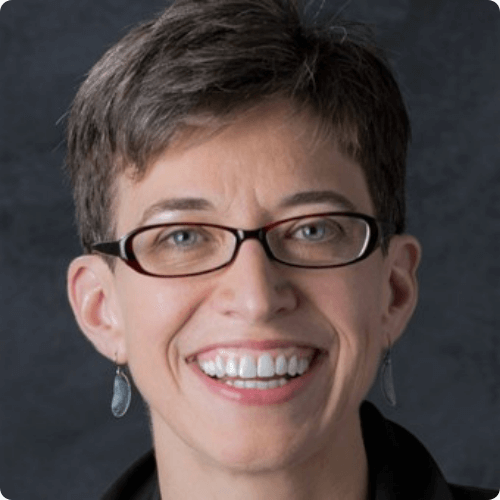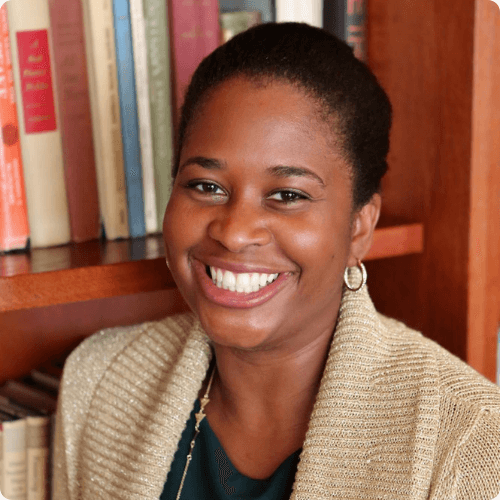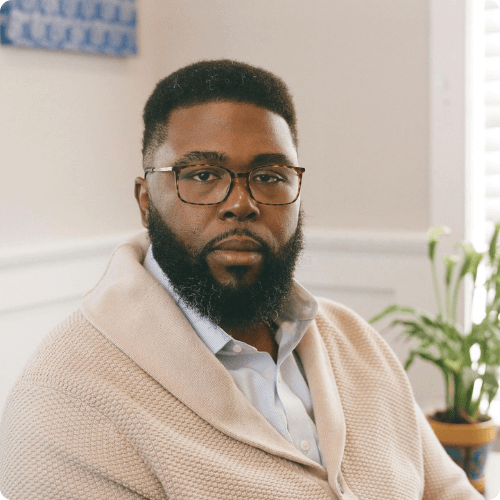Three Educators Find Their Common Roots in Head Start
A joint essay by:

Mary Churchill, PhD – Associate Dean, Strategic Initiatives and Community Engagement, Program Director, Higher Education Administration Professor of the Practice, Boston University Wheelock College of Education and Human Development

Stephanie M. Curenton, PhD – Director, Center on the Ecology of Early Development (CEED) Professor, Boston University Wheelock College of Education and Human Development

Anthony Abraham Jack, PhD – Faculty Director, Newbury Center, Associate Professor, Boston University Wheelock College of Education and Human Development
Three different professors. Three different communities. Three different journeys. One common beginning. We all began with Head Start as children, and we believe our experiences in the program sparked our identities as learners. It’s intriguing to think that the seed of our shared commitment as educators and researchers — the very seed that set us on the path to Wheelock College — may have been planted in Head Start classrooms decades ago.
As we celebrate Head Start Awareness Month, our shared love and respect for this program fuels our advocacy for its sustainability during these turbulent times. Head Start faces real peril as political battles, rising costs, and financial insecurity threaten the families who need it most — at a time when it’s needed more than ever.
Head Start serves nearly 800,000 children and families annually across all 50 states, the District of Columbia, Puerto Rico, U.S. territories, and American Indian and Alaska Native communities. In the six decades since its founding, Head Start has helped over 40 million children prepare for success in school and life. By partnering locally with families and communities, it tailors core services that include high-quality early learning, family engagement, developmental screenings, and access to health and nutrition services that might otherwise be unavailable.
Head Start stands as the nation’s longest-standing commitment to children’s futures. Head Start’s children and families are us, and we are them.
A Common Connection
Dr. Mary Churchill
I was born in Flint, Michigan, at a time when the Rust Belt city teetered on the precipice of economic decline due to deindustrialization and disinvestment. My family lived in a trailer park there. While I was still young, we moved to Carson City, about 70 miles east, where I attended Head Start during the program’s launch in that area.
Carson City was dramatically different from Flint in every sense. It was rural, dotted with farms spread across the landscape. My Head Start class wove this agricultural landscape into our activities — I remember taking trips to farms, learning about the animals, and eating eggs from the chickens we visited. It was a great experience: I learned, played, and ate alongside my peers, and my curiosity was amplified in that environment. My Head Start program was even promoting farm-to-table practices long before it became a social movement!
Dr. Stephanie M. Curenton
I grew up in a mill town in Pennsylvania and attended Head Start in the late 1970s. The town’s population was made up of hard-working Black families who had migrated from the Deep South and Eastern European immigrants — all worked at the town’s mill.
The Head Start program was one of the only preschools in the area and had a waiting list. Through dogged persistence (and maybe some skilled persuasion), my father made sure I was enrolled. I’ll always be thankful that he did. I couldn’t have known then that I would lose him soon after I started attending Head Start.
Like Mary, I remember positive experiences like the joy of new toys and unfamiliar snacks, like “ants on a log”. I had a teacher who looked like me, and she made me feel that I belonged and could achieve anything. She helped me learn how to navigate life when my world crumbled with my father’s passing.
The power and pull of Head Start is real. Years after leaving, I returned as a teenage volunteer, and today, Head Start remains a critical component of my work, studying how early learning experiences shape children’s development.
I’ll always be a voice in support of Head Start because I know firsthand why it is one of the most important investments we can make in our future as a nation.
Dr. Anthony Abraham Jack
I grew up in Coconut Grove, the historically Black neighborhood in Miami that was designated the “Negro District” on official city maps, also known as “Little Bahamas”— a nod to its founding by Bahamian immigrants.
Attending Head Start was catalytic for me. It influenced where I attended elementary school, which continued to solidify my early formation as a learner. Looking back at the Head Start experiences my Wheelock colleagues and I share, I see a portrait of America: Head Start serves every community in the country, adapting to the local unique features and needs while providing early learning experiences that children carry into adulthood. From teeth-brushing lessons and vision screenings to eating new foods for the first time, like celery with peanut butter, and reading in bright classrooms full of books, these experiences left lasting impressions.. It’s the Head Start model – a research-based approach to building strong children and stronger communities.
For my colleagues and me, Head Start was more than a preschool or a place for us to be while our parents went to work or school. It was a pivotal moment for us — a moment that may have changed everything.
This Head Start Awareness Month and beyond, we are proud champions of Head Start — not only for the tangible support it provides to children and families who might not otherwise have it, but also for the intangible hope it creates. From a trailer park in Flint to a mill town in Pennsylvania to Coconut Grove in Miami, Head Start met us where we were and showed us what we could become. It gave us teachers who believed in us, experiences that expanded our worlds, and a foundation that has carried us through our lives. That’s the promise Head Start offers every child it serves: the chance to discover that they, too, can do anything.